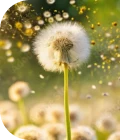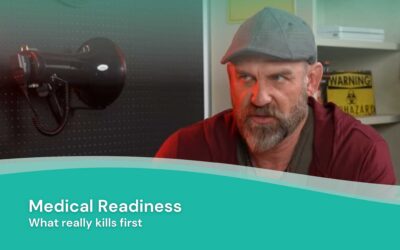
Part one focuses on what melatonin is, part two will discuss how melatonin plays a role in winter blues or seasonal affective disorder, along with tips to navigate this time of year.
What is melatonin?
You may have heard that melatonin is a hormone that regulates sleep. You may have even heard that melatonin is a powerful antioxidant. Melatonin is both and a lot more.
There are two places melatonin is synthesized and both work in vastly different capacities.
One is subcellular melatonin and the other is circulating melatonin.
Subcellular melatonin is known as the “hormone of daylight” It is synthesized in the mitochondria of cells throughout the body– skin, epithelial, liver, thyroid, kidney, gastrointestinal tract, bone marrow, leukocytes, immune cells and many others. Once manufactured the melatonin stays near the cells and does its work. Stimulated by the UV spectrum of sunlight, or viruses, free radicals are neutralized by the antioxidant response of melatonin. Melatonin also stimulates other antioxidant enzymes to help fight free radicals.
Circulating Melatonin
Circulating melatonin is known as the “hormone of darkness”. It is produced in the pineal gland and regulated by the suprachiasmatic nucleus (SCN) Melatonin secretion is stimulated by darkness and inhibited by light, and in coordination with the (SCN), it is involved in maintaining circadian rhythmicity and regulating sleep. The SCN regulates the timing of melatonin release in a feedback loop, whereby melatonin levels determine the SCN regulation.
Circadian rhythm disruption is proven to be one of the contributing factors in cancer progression and development. Blue light, such as LED and computer monitors suppress melatonin production, leading to altered circadian rhythm.
Circadian rhythm disruption is proven to be one of the contributing factors in cancer progression and development. Blue light, such as LED and computer monitors suppress melatonin production, leading to altered circadian rhythm.
How to benefit from subcellular and circulating melatonin
Before bedtime:
- Avoid stimulating lights- blue light from computer and phone screens, LED lights- these will shut down circulating melatonin and disrupt circadian rhythm. Incandescent light to read by are a good choice. Reading on a pad even with blue blocker can disrupt melatonin levels. The blue blockers installed on many devices are not adequate to block the light.
- Campfires, candles, and red lights help keep melatonin levels intact and may even stimulate the subcellular melatonin to go after free radicals.
- Practice sleep hygiene- Go to bed at set time, have a routine. This helps signal your body that its time to go to bed. In addition, avoid stimulating conversations, snacking before bed and exercise a few hours before bedtime.
- Have your vitamin D level checked. Vitamin D plays an important part of melatonin regulation.
- Even though there isn’t clear cut evidence that blue light blocking glasses work, a small study revealed sleep duration and nighttime melatonin levels increased after use of blue light blocking glasses.
Our lives have become increasingly distant from natural light. Our sleep wake cycles are constantly disrupted by our modern way of living.
Chronobiology, the study of circadian rhythms and our health is becoming an increasingly important field of study. How light affects melatonin levels is one area that chronobiology focuses on.
- Brooke Lounsbury
Medical Content Writer
Lifesaving Medications
Recent Posts
Keeping you informed and safe.
Medical Readiness: What Really Kills First
When Disaster Strikes, It’s Not Hunger or Thirst That Takes the First Lives In every disaster zone, from hurricanes in the Caribbean to war zones in Ukraine, the pattern is the same. People worry about food and water, but it’s infection that kills first. A small wound...
Exploring Dr. William Makis’ Hybrid Orthomolecular Cancer Protocol: Focus on Ivermectin and Mebendazole/Fenbendazole
Exploring Dr. William Makis’ Hybrid Orthomolecular Cancer Protocol: Focus on Ivermectin and Mebendazole/Fenbendazole *Disclaimer: This article is for educational purposes and does not constitute medical advice. Always seek professional guidance.* In the evolving...
Be Prepared for Life’s Unexpected Moments
3 Reasons EVERYONE should have emergency medications avaiable. It's all about access—access to medications and care when you need it most. And when things happen outside of your control that access can disappear.Below are 3 examples of how easily this access can be...

















